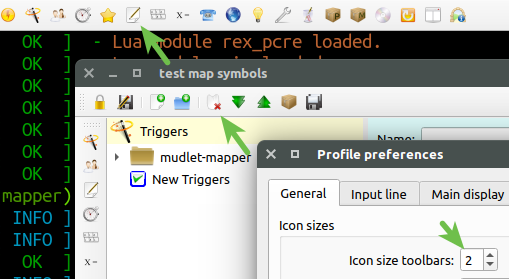


Local translation = translate_d(matches)Ĭecho("(yellow) - replace () with html brackets here - ". Here, you would need to create a check that runs a string.findpattern on matches, and if it doesn't detect a word of your language, to stop running the trigger. Then what you do is trigger say to something like: Local translation = arg:gsub("vir", "hello"):gsub("wer", "world") One is a gsub for accepting the language as a trigger, that would look like this: What I would do if I were to take a first cut at this is create two different subroutines. To call a method, you simply need to pass the required parameters along with the method name and if the method returns a value, then you can store the returned value.There are a couple of ways you can do this. A called function performs the defined task and when its return statement is executed or when its function's end is reached, it returns program control back to the main program. When a program calls a function, program control is transferred to the called function. To use a method, you will have to call that function to perform the defined task. While creating a Lua function, you give a definition of what the function has to do. The formal parameters behave like other local variables inside the function and are created upon entry into the function and destroyed upon exit. These variables are called the formal parameters of the function. If a function is to use arguments, it must declare the variables that accept the values of the arguments. This function takes two parameters num1 and num2 and returns the maximum between the two −
MUDLET VARIABLES CODE
Return − In Lua, it is possible to return multiple values by following the return keyword with the comma separated return values.įollowing is the source code for a function called max(). Arguments are optional that is, a method may contain no argument.įunction Body − The method body contains a collection of statements that define what the method does. The parameter list refers to the type, order, and number of the arguments of a method. This value is referred to as the actual parameter or argument. When a function is invoked, you pass a value to the argument. The function name and the parameter list together constitute the function signature.Īrguments − An argument is like a placeholder. Optional Function Scope − You can use keyword local to limit the scope of the function or ignore the scope section, which will make it a global function.įunction Name − This is the actual name of the function. Optional_function_scope function function_name( argument1, argument2, argument3.,Ī method definition in Lua programming language consists of a method header and a method body. The general form of a method definition in Lua programming language is as follows − For example, method print() to print the argument passed as input in console.Ī function is known with various names like a method or a sub-routine or a procedure etc. The Lua language provides numerous built-in methods that your program can call. How you divide up your code among different functions is up to you, but logically the division usually unique, is so each function performs a specific task. You can divide up your code into separate functions. A function is a group of statements that together perform a task.


 0 kommentar(er)
0 kommentar(er)
